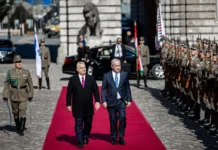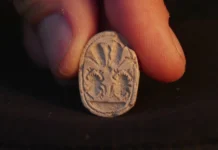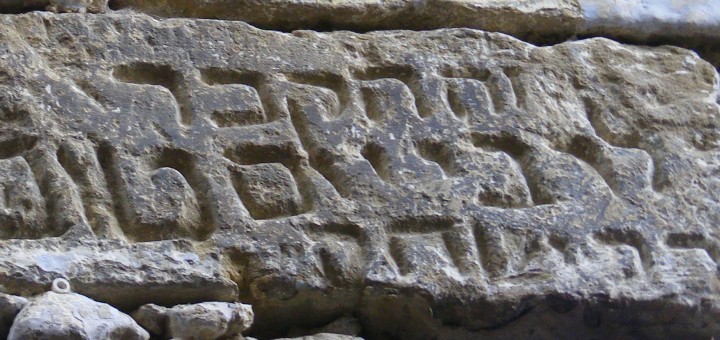The interaction in medieval Iberia of Jews, Christians, and, from 711, Muslims, led to the rise of Jewish varieties of medieval Ibero-Romance. Since the largest group of Sephardim, or medieval Iberian Jews, was concentrated in Castile, the variety of Jewish Ibero-Romance having the largest number of speakers was Jewish Castilian. In addition to its adaptations of Castilian elements used by local non-Jews, sometimes in unique forms, it incorporated elements of HebrewAramaic, Jewish Greek/Latin, Jewish Ibero-Arabic, and non-Castilian Hispanic origin.
With the expulsions of the Jews from Castile and Aragon in 1492, their varieties of Ibero-Romance were transported with them to the places in which they found refuge. The greatest numbers made their way to the Ottoman Empire, at the invitation of Sultan Bayezid II (1447–1512); others settled in North Africa, Italy, and other parts of the Mediterranean basin.
The descendants of the medieval Spanish Jews who re-established themselves in the Ottoman Empire, as well as those who remained in the region after the empire gave way to new nationstates, continued to use evolved forms of their distinctive, principally IberoRomance Jewish language into the 21st century. The present chapter is devoted to the language of the Jews of the Ottoman Empire and its successor states and the literature created in it, with additional information about pre-expulsion Iberian and post-Ottoman Judezmo.
- Read full PDF, click here.


























